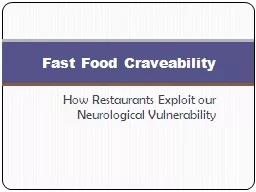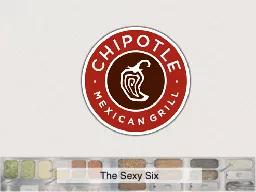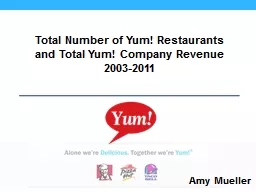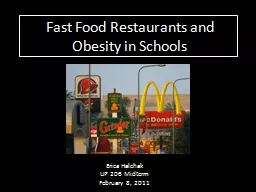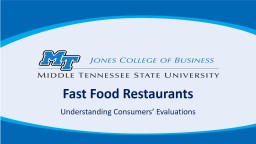PPT-How Restaurants Exploit our Neurological Vulnerability Fast Food
Author : sherrill-nordquist | Published Date : 2019-11-06
How Restaurants Exploit our Neurological Vulnerability Fast Food Craveability Definitions Vulnerability refers to a persons state of being liable to succumb to manipulation
Presentation Embed Code
Download Presentation
Download Presentation The PPT/PDF document "How Restaurants Exploit our Neurological..." is the property of its rightful owner. Permission is granted to download and print the materials on this website for personal, non-commercial use only, and to display it on your personal computer provided you do not modify the materials and that you retain all copyright notices contained in the materials. By downloading content from our website, you accept the terms of this agreement.
How Restaurants Exploit our Neurological Vulnerability Fast Food: Transcript
Download Rules Of Document
"How Restaurants Exploit our Neurological Vulnerability Fast Food"The content belongs to its owner. You may download and print it for personal use, without modification, and keep all copyright notices. By downloading, you agree to these terms.
Related Documents

